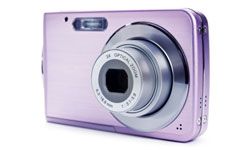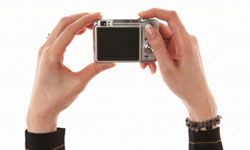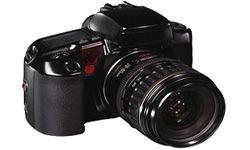Photography has never been easier. Modern point-and-shoot cameras and smartphones give amateurs access to many of the same photography techniques that professionals use to produce high-quality pictures.
And these cameras are growing more capable every year. High-capacity memory cards let you store hundreds of pictures. Zoom lenses offer versatility. Today, even a smartphone can give you all the tools you need to take stunning photos. What's more, digital-editing programs like Adobe Photoshop offer you a virtual darkroom on your computer.
Advertisement
Technology has made many aspects of photography automatic. Cameras focus for you, set the color balance and determine the exposure. Some adjust for your shaky hand or identify and focus on the faces of people in your picture.
But remember that photography is about more than equipment. It's not your equipment that takes good pictures. You, the photographer, are what makes a good picture — or a bad one. How you use your camera's features is more important than the technology itself, and your eye is the most valuable tool you have.
We're going to be focusing on digital photography here for a simple reason: Taking pictures with film has become a thing of the past for most amateur photographers. Of course, many of these techniques apply whether you're shooting digital or film photography.
Read on for five easy techniques that will make you a better photographer.




